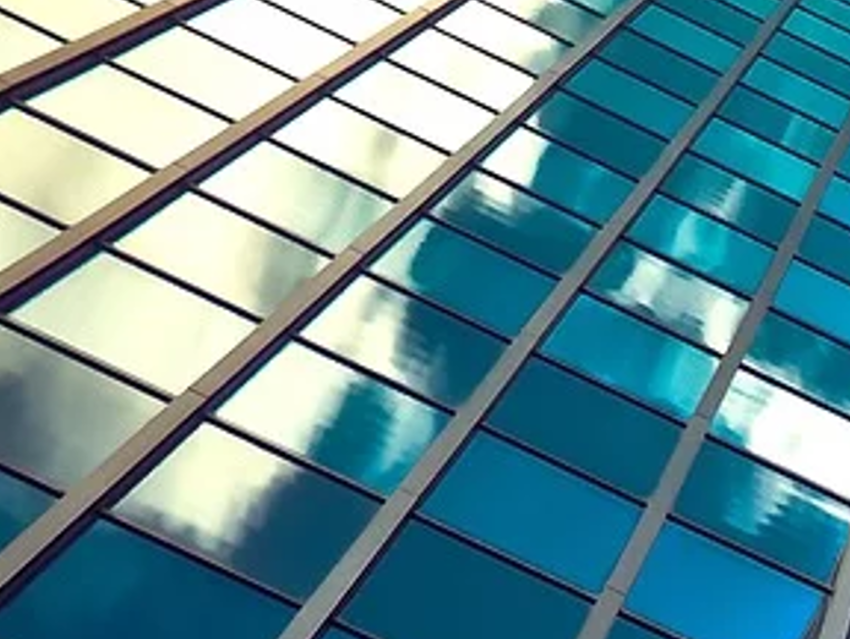A neutrally colored, transparent crystalline silicon substrate just 200 µm thick can be tuned for particular applications in solar power conversion with an efficiency of more than 12 %.
There is a vast market for transparent solar cells waiting to be tapped. Such materials incorporated into windows could use surface area that has to be transparent. Moreover, if the transparency of the material can be tuned they could, in addition, be used as shading to keep those inside the building cooler thus reducing air-conditioning overheads somewhat.
Avoiding the Tint
Despite the advent of other materials such as two-dimensional substrates and organic compounds, crystalline silicon (c-Si) remains the substrate of choice for solar cells with the highest efficiencies. The material also has much greater stability than other substrates.
Of course, standard crystalline silicon is entirely opaque unless it is made into thin films. However, thin films of silicon suffer from the same limitations as other materials in terms of power conversion efficiency (PCE) and stability. Often these materials tint light red, blue, or green due to the polymers used to fabricate them. All of those experimental efforts have low PCE of less than 2 %
Kwanyong Seo and colleagues from the Ulsan National Institute of Science and Technology, and the Korea University, in Seoul, both Korea, have shown that even a relatively thick layer of crystalline silicon can be fabricated as a transparent substrate with a transmittance of between 20 and 50 % and no tint. Rather than attempting to somehow modulate the structure of the crystalline silicon to make it transparent chemically the team simply punched an array of holes as small as 500 nm or 100 µm in the substrate. The holes are close enough together so that the human eye cannot see the space in-between. An object behind a sheet of this punctured material can be clearly seen with no visual distortion, the team told ChemistryViews. “The reflected light from the object is not diffused during transmission through the transparent c-Si substrate,” the team reports. The degree of transparency can be tuned for particular applications depending on hole size and density.
Additional Layers
The team explains that a thin protective layer of alumina can be applied without interfering with the properties and an anti-reflective layer was also added. The coated c-Si has almost the same transmittance characteristics as the bare substrate. Independent work has often required areas of the solar panel to be opaque with only a patchwork of transparent regions. “The transparent solar cells developed in this study are entirely transparent because we designed an optimized structure such that all the structures of the transparent solar cell are invisible,” the team says.
As their crystalline silicon is chemically and structurally the same as conventional silicon used in commercial solar cells, stability will not be an issue. Fabrication is almost the same with the addition of the hole etching step.
“The next step in this work will be to scale up the device to 25 cm² and increase the efficiency to 15 %,” Kwanyong Seo told ChemistryViews. The team envisions that their solar cells can replace glass windows in houses.
- Neutral-Colored Transparent Crystalline Silicon Photovoltaics,
Kangmin Lee, Namwoo Kim, Kwangjin Kim, Han-Don Um, Wonjoo Jin, Deokjae Choi, Jeonghwan Park, Kyung Jin Park, Seungwoo Lee, Kwanyong Seo,
Joule 2019.
https://doi.org/10.1016/j.joule.2019.11.008




